What Is the Difference Between a CV and a Resume?
Understanding the difference between a CV vs. resume can be part of determining what to submit for a job application. We’ve broken down the key differences.
Understanding the difference between a CV vs. resume can be part of determining what to submit for a job application. We’ve broken down the key differences.
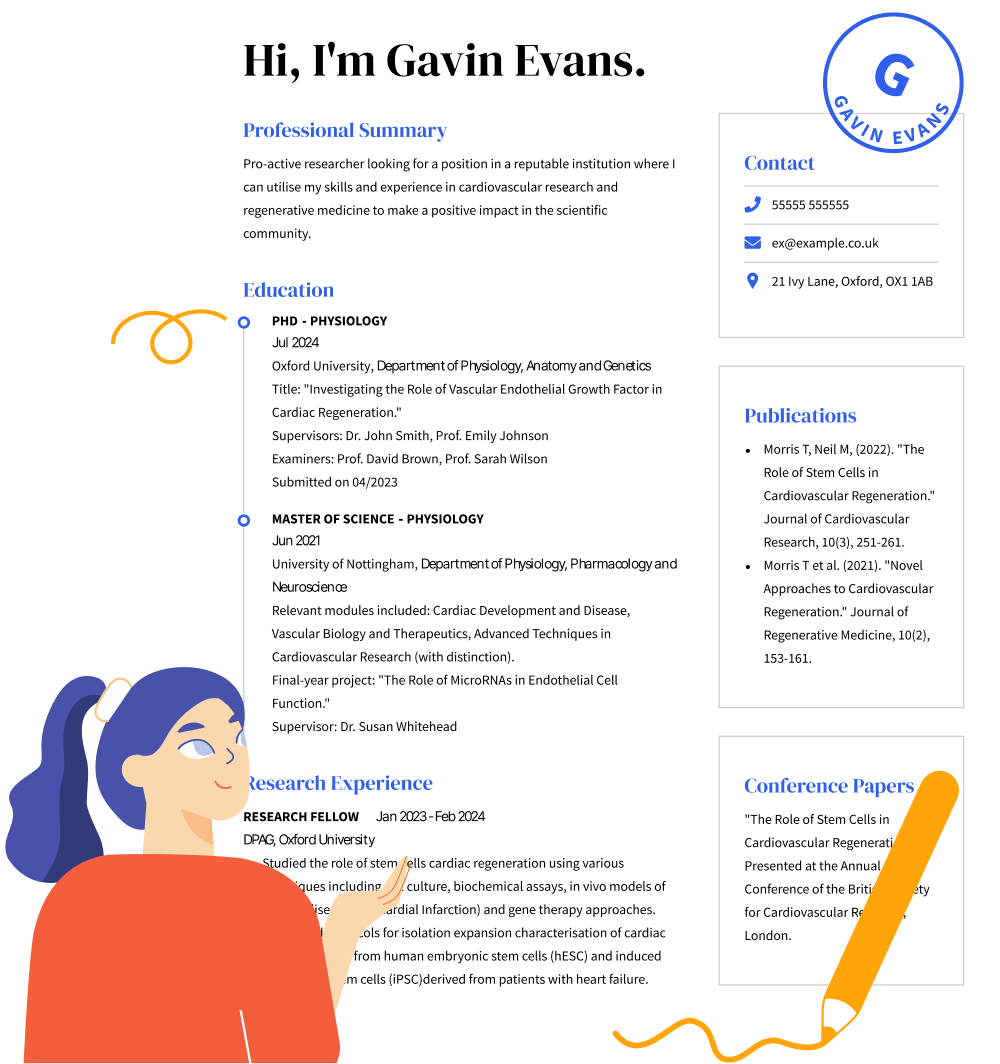
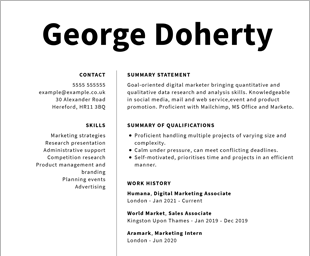
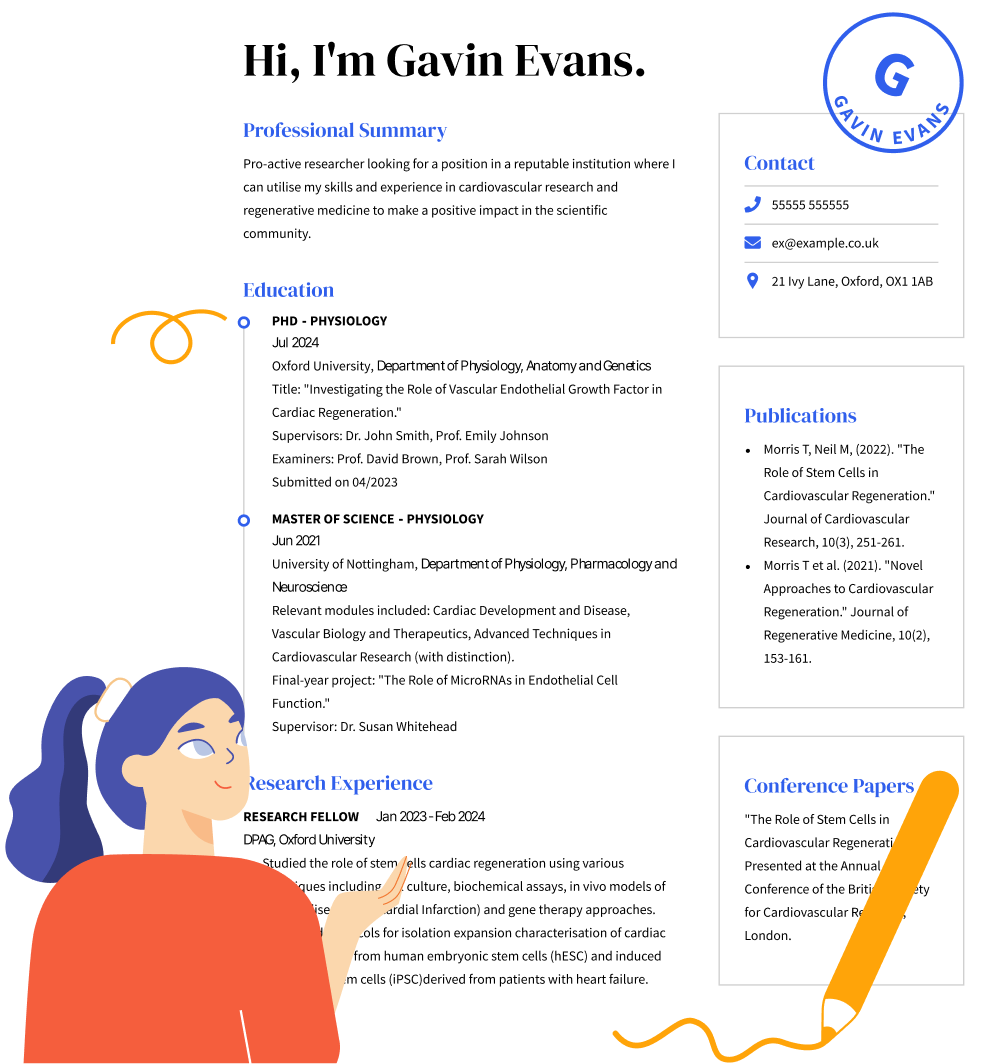
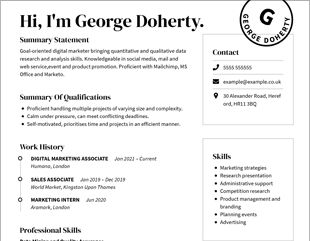
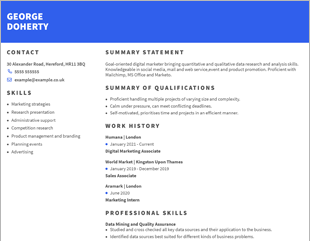
OUR USERS HAVE BEEN HIRED BY
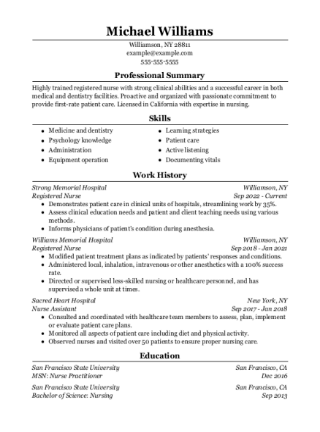
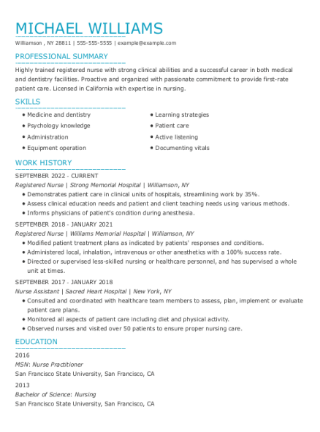
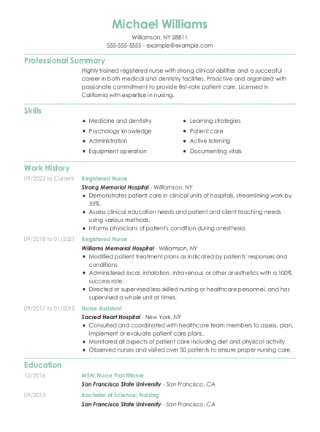
If you’re looking to apply for a new job, chances are that you’ll see people requesting either a CV or a resume. The difference between CV vs. resume is something that many people are confused about, especially since a “CV” has many different meanings. Here’s everything you need to know about CV vs. resume, regardless of which you should be applying with.
In the United States, an academic CV is generally what someone will be asking for when they request a CV. The curriculum vitae, Latin for “course of life,” is an extensive overview of your academic experience, rather than a general overview like a resume would be. In an academic CV, you’ll list all of your previous professional experience in academia, including teaching, speaking, article writing and lecturing. That means an academic CV can be three or more pages long and can have 15-18 sections.
You should only use a CV when you’re applying to an exceedingly academic position. For example, you might use a CV if you’re applying to be a professor at a university or if you’re applying for a research position. In certain cases, people might use the term “CV” to colloquially refer to a resume. If someone asks you for a “CV” and you’re not applying for an academic job, follow up with them and see whether they mean an academic CV or a more typical resume.
A CV is usually much longer than a resume. Here are a few of the sections you should expect to include in a CV:
A resume is a general document that you will submit to a potential employer to give them more insight into your experience and how that will pertain to your new job. It’s what most people will create and send in with a job application, along with a cover letter. It gives more insight into what makes you the right person for a specific job.
During your job search, you should assume that most recruiters are looking for a resume. A resume is going to be what a hiring manager is expecting from job seekers, so it generally makes sense to submit a resume instead of another type of document. CVHelp is set up to help you create a resume and a cover letter, making it easier for you to write a resume for your next job application.
A resume should be much shorter than a CV, only one page in length. While your CV format will impact exactly how you structure your resume, here are the most common elements:
The key difference between a CV and a resume is the narrative. A resume is built specifically around a job position with only the most relevant details featured. A CV is about you and serves as a catalog of your entire career and features information about both your current and future goals. You will be listing significantly more work history for a CV versus a resume. While a resume should include only about the past 10 years of experience, a CV needs to include all of it. That means resume writing is all about looking into the job description and tailoring your bullet points for the specific keywords in the job description, while the CV format is about going back through your academic career and listing everything of which you’ve been a part.
You can find templates for resumes and CVs at CVHelp. While there are more CV examples available than there are resume examples, you can use many of the CV templates and vice versa as long as they are single columned. CVHelp makes it easier to write a document for any type of job you might be applying for, regardless of what that document is.
In Europe and most of the world, it’s much more likely that you’ll hear the term “CV” used for the resume-style document you want to turn in for a general job.
However, a CV is sometimes still the case in the United States and Canada, especially for people who may have experience hiring outside of their home. Because a CV is such a specialised document with so much information, it’s always best to double-check with a hiring manager if you’re ever unsure for which type of document they’re asking.
The best way to write the correct document for your personal needs, whether you’re looking for an internship fresh out of graduate school or you’re finding a prestigious professorial position, is to have the right tools. With CV templates, our CV builder and plenty of examples, it’s easier than you think to build a CV or a resume that will make it easier to apply for the job for which you’ve been searching.
While a CV may seem to have the same purpose as a resume, it is actually slightly different. The purpose of a resume is to showcase your most relevant strengths and get you a new job, while the purpose of a CV is to provide a comprehensive overview of your academic and employment history. This document is designed to give hiring managers the whole picture rather than just the information that pertains most directly to the job application. Internationally the term may be used interchangeably as the format for most nonacademic or government jobs outside of the states is a two-page document that, while offering more personal details than the average resume, e.g., including a photo, hobbies, interest, languages or sports is solely focused on the skills required for a specific company or position.
While a CV is meant to be a comprehensive compilation of your career and academic studies, you can tailor it to suit certain job applications. All you have to do is highlight the achievements and duties you had in each role that is most applicable to the job description you are applying for. If you are applying for a promotion, recruiters will be looking for evidence you are ready to step up as well as previous experience at an advanced level. Consider industry-relevant CV examples to give you inspiration.
Yes, ideally you should write a cover letter to accompany your curriculum vitae when applying for a job. This document should be no more than one page in length and be split into three to five paragraphs. The cover letter you provide with your CV can be used to draw reader attention to a particularly relevant project or break down your most significant career goal as your CV may be long but is only giving a sample of your professional experience. To make things easier, consider using the CVHelp cover letter builder, to ensure that the format is right for applicant tracking systems (ATS) and their scanning process.
CVs and resumes may be different types of documents but they do share the same goal of presenting your best attributes to an employer. Just like when crafting your resume, building a CV requires research, knowledge of the skills the employer is seeking and curation of your most relevant experiences. Depending on your role, there may be certain formatting rules or required sections to include, for example, medical, sociological and psychological CVs require APA formatting instead of MLA, so it’s important to familiarize yourself with both the requirements for the position and industry examples.
We personalize your experience.
We use cookies in our website to ensure we give you the best experience, get to know our users and deliver better marketing. For this purpose, we may share the information collected with third parties. By clicking “Allow cookies” you give us your consent to use all cookies. If you prefer to manage your cookies click on the “Manage cookies” link below.